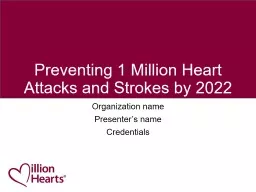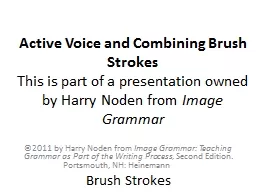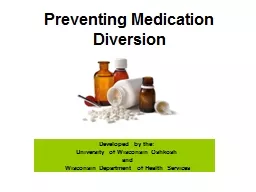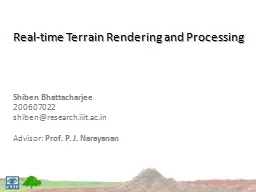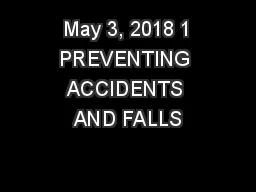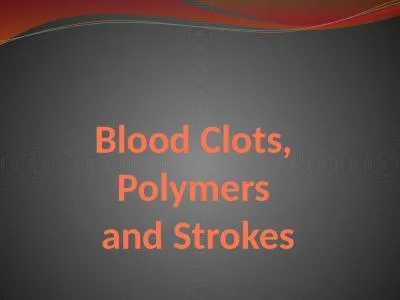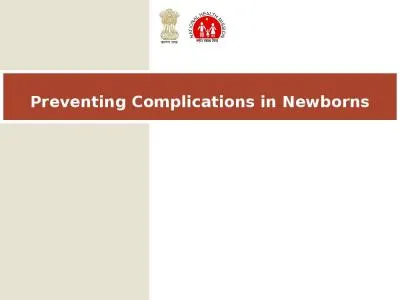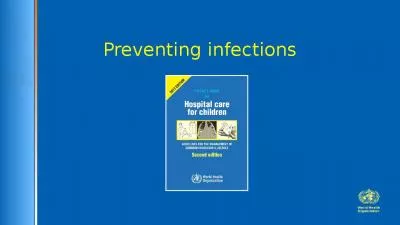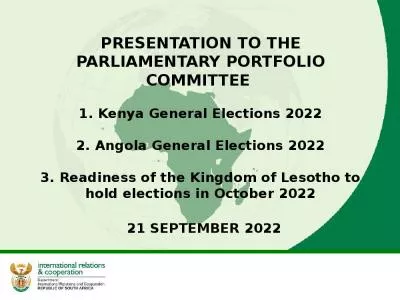PPT-Preventing 1 Million Heart Attacks and Strokes by 2022
Author : sherrill-nordquist | Published Date : 2018-09-23
Organization name Presenters name Credentials Million Hearts 2022 Aim Prevent 1 millionor moreheart attacks and strokes in the next 5 years National initiative
Presentation Embed Code
Download Presentation
Download Presentation The PPT/PDF document "Preventing 1 Million Heart Attacks and S..." is the property of its rightful owner. Permission is granted to download and print the materials on this website for personal, non-commercial use only, and to display it on your personal computer provided you do not modify the materials and that you retain all copyright notices contained in the materials. By downloading content from our website, you accept the terms of this agreement.
Preventing 1 Million Heart Attacks and Strokes by 2022: Transcript
Download Rules Of Document
"Preventing 1 Million Heart Attacks and Strokes by 2022"The content belongs to its owner. You may download and print it for personal use, without modification, and keep all copyright notices. By downloading, you agree to these terms.
Related Documents

